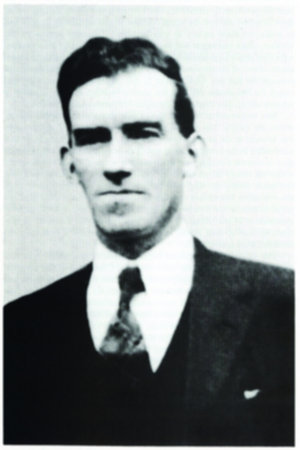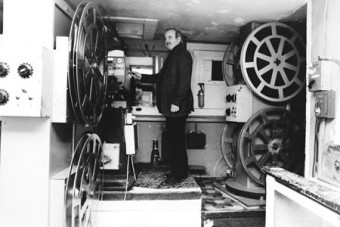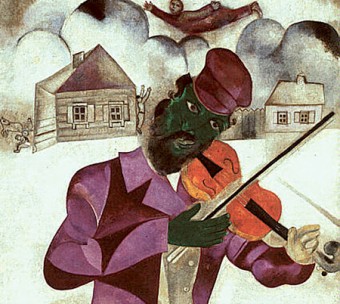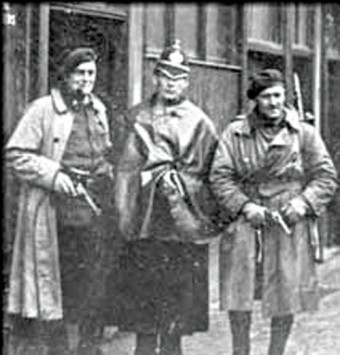Search Results for 'constable'
11 results found.
Eamonn Corbett and 1916

Eamonn Corbett came from Kileeneenbeg near Clarinbridge. He was associated with the Volunteer movement in County Galway from 1914 onwards. After the Redmondite split he gave valuable assistance in organising the Volunteers throughout the county, and in 1915 he was assisting Liam Mellows while training the various companies in the Brigade area.
St Patrick's Day 1921 — murder and mayhem in Clifden
Just before 6am on St Patrick's Day 1921, Monsignor McAlpine, the Catholic parish priest of Clifden, Co Galway, was woken by loud banging on his door. “For God's sake, Canon, come down - the town is ablaze.”
A love letter from a master of passion
Galway was given fascinating insights into the turbulent life of one of Europe’s men of genius last weekend. Music for Galway, which continues to present the very best classical music in innovative and challenging ways, devoted three days exploring the literary and musical passion of the great Ludwig van Beethoven. And, would you believe it? Gave us both an Irish and a Galway connection.
Burnings and panic follow Ballyturn ambush

Following a tennis party at the home of Mr J C Bagot JP, of Ballyturn House, near Gort, on May 15 1921, the IRA scored a devastating blow against the British forces. The local District Inspector, Captain Cecil Blake, his lady companion Eliza Williams; two officers, Capt Cornwallis and Lieutenant McCreery were shot dead in an ambush as they drove away from the house. The IRA party, probably as many as ten men, had taken up position in the gate lodge, and in the surrounding bushes. One gate was closed. The car had to stop to open it. At that moment the IRA opened fire. There was one survivor, Margaret Gregory, the widowed daughter-in-law of Lady Gregory.
The case of the Craughwell Prisoners
In the 1880s the Land War was at its height. It was a prolonged period of bitter civic unrest which pitted an unprotected peasantry against some ruthless landlords, who had the law and power of eviction at their disposal. Following the Great Famine a weakened tenant peasantry was easily removed from the land. It began a pitiful trail to the workhouse, and the emigrant ships. But as the century progressed the situation changed. The highly organised Irish National Land League supported evicted farmers; while members of the Irish Parliamentary Party in Westminster fought for legislation which would eventually see a redistribution of land to tenants.
One hundred years of cinema in Galway

The earliest reference to ‘moving pictures’ in Galway that I have come across dates from 1909, when The Enterprise Animated Picture Company came to the Court Theatre in Middle Street with its cinematography performances and variety entertainments. “Rarely has such an opportunity been given to the people of Galway of viewing in animated pictures the most sensational events of real life and drama. Those from real life included Boxing Champions and Logging in Sweden, while other titles included Nocturnal Thieves, A Constable Please, The Pony Express, and Fairy Presents. The pictures come in ever-changing variety and there are no exasperating delays.” The Court Theatre had 500 seats and was also known as The Racquet Court.
Fiddler on the Roof

REHEARSALS ARE currently in full swing for the Patrician Musical Society’s staging of classic musical Fiddler On The Roof which graces the Town Hall next week.
Over The Edge Writers' Gathering
WRITERS FROM Ireland, Britain, and Australia will gather in Café 8 in the Galway City Museum tomorrow at 8pm for an Over The Edge reading.


